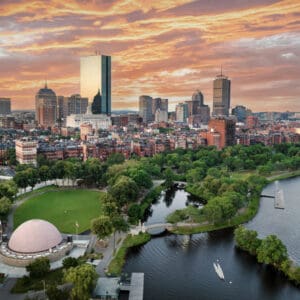
How to Choose the Best Boston Movers for a Stress-Free Relocation
Relocating can be both an exciting and stressful experience. Whether you’re moving across town, to
FIND OUT WHY WE'RE #1
Marathon Moving is a local moving company with movers who cater to customer needs with safety & professionalism
Welcome to Marathon Moving, where your moving experience is our top priority. As esteemed local movers in Medford, we provide comprehensive and reliable moving services tailored to your unique needs. Our dedication to excellence has made us a leading choice among Medford movers, ensuring that each relocation project we undertake is executed with professionalism and care.
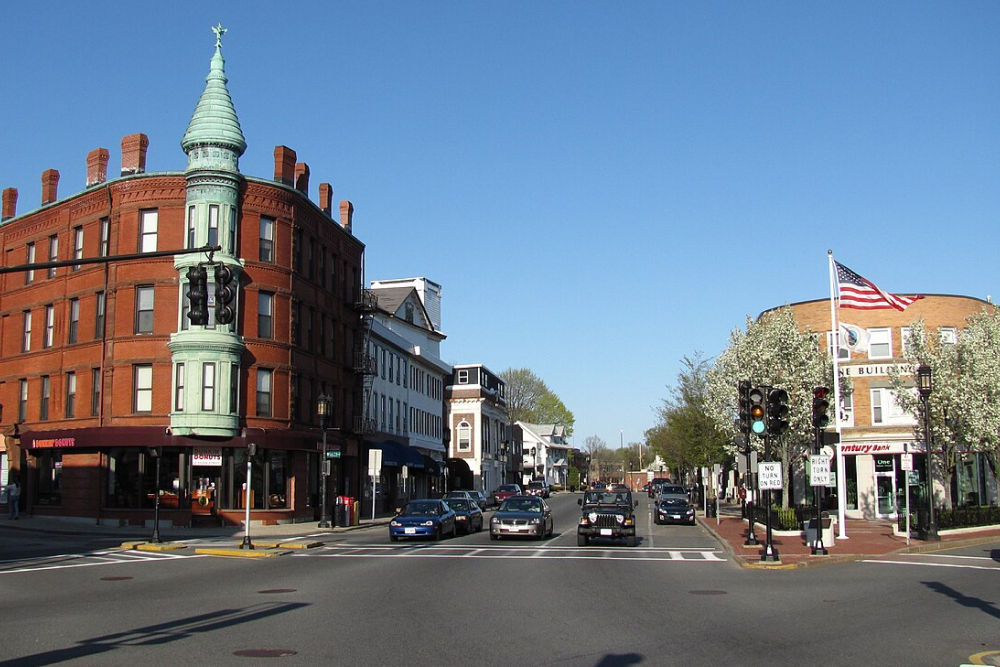
Welcome to Marathon Moving
We understand that moving is more than just a change of address. It’s a significant life event that requires meticulous planning and execution. At Marathon Moving, we pride ourselves on our attention to detail, dedication to customer satisfaction, and extensive industry experience. Whether you are moving across town or planning a long-distance move, we are here to help you every step of the way.
Every successful move begins with understanding your unique needs. Our team of movers in Medford will conduct a complimentary consultation to discuss your move’s specifics, whether you’re relocating locally, across the state, or cross-country. Post-consultation, you receive a detailed quote with no hidden fees.
With your input, we create a customized moving plan that outlines the logistics, timelines, and special requirements tailored to your move. Our goal is to ensure everything is in place for a smooth transition.
Our services extend beyond transportation. At Marathon Moving, we offer professional packing services to ensure your belongings are secure during transit. Our team uses high-quality packing supplies to provide the utmost protection for all your items, from fragile glassware to heavy furniture. You can also purchase packing materials from us if you prefer to handle the packing yourself.
On moving day, our team of local movers in Medford arrives on time, ready to load your items with precision and care. We use advanced equipment and techniques to ensure heavy or awkward items are loaded safely and efficiently.
Upon reaching your new location, our team carefully unloads your items and assists in setting them up according to your specifications. Our commitment to customer satisfaction means we do our best to execute your vision for your new space.
After the move is complete, we follow up to ensure every aspect of your experience meets your expectations. We value your feedback as it allows us to maintain our commitment to exceptional service.
At Marathon Moving, we offer a comprehensive range of moving services designed to cater to a variety of moving needs:
Moving out of state can be daunting. Our long-distance movers in Medford specialize in interstate moves, ensuring that your journey is seamless. We adhere to all regulatory requirements and are well-versed in the logistics involved in moving across state lines, providing peace of mind.
Planning a move across the country? Our experienced team of cross-country movers is here to help. We provide tailored solutions, managing the logistics of your move from the initial consultation to the final setup in your new home.
Packing can often be the most tedious part of moving. With our professional packing services, we take the hassle out of this task. Our trained staff can pack your entire home or assist with delicate items. We offer a variety of packing supplies, from boxes to bubble wrap, to keep your belongings safe during the move.
Sometimes, you may need additional time before settling into your new home. Our secure storage facilities are available for short- or long-term needs. Rest assured that your belongings will be in a safe environment, protected from damage and theft.
We provide corporate relocation services designed for businesses of all sizes. Our team efficiently handles the logistics of moving your workforce while minimizing disruption to operations. We work closely with HR departments to facilitate smooth transitions for employees.
Relocating abroad? Our international moving services cover everything from customs regulations to shipping logistics. Marathon Moving takes pride in ensuring that your transition overseas is as smooth and hassle-free as possible.
When it comes to long-distance relocations, you need a partner you can trust. As long-distance movers in Medford, we manage every aspect of your move, from transportation to unloading, ensuring your journey to a new city is pleasant and seamless.
Our household moving services are designed to cater to families and individuals looking to relocate within or outside Medford. Whether you’re moving to a larger home or scaling down, our team is equipped to handle your move efficiently.
In the bustling environment of Medford, choosing the right moving company can make a significant difference. Here are some benefits of partnering with us:
Professional Experience: With years of experience under our belt, we know the ins and outs of the moving industry. Our well-trained professionals are equipped to handle any challenges that arise during the moving process.
Reliable Service: Our commitment to doing what we say sets us apart. Our punctuality and dedication to excellent service have made us one of the most trusted movers in Medford.
Comprehensive Insurance Options: We understand that moving involves risk, which is why we offer insurance options that provide you with additional peace of mind. Your belongings are valuable, and we are committed to protecting them throughout the move.
Customer-Focused Approach: At Marathon Moving, we prioritize our customer’s needs. From the initial consultation to the completion of your move, you can expect personalized attention and support.
Marathon Moving believes in empowering our clients with the right resources to make their move easier. Our website features a wealth of resources, including:


When it comes to a successful move, trust Marathon Moving as your reliable partner in Medford, MA. Our comprehensive services, commitment to quality, and experienced team set us apart from other local movers in Medford. From household moving to corporate relocation and long-distance moving, we have the expertise and resources to handle any aspect of your move.
Let us help you make your next move a stress-free experience. Contact us today for your free consultation and quote and discover why so many people trust Marathon Moving as their preferred Medford movers.
Trust us—your move is our marathon, and we are committed to going the distance for you!

Our Moving Promise
Here at Marathon Moving, we are dedicated to every move and to our client’s needs. Our team of Medford MA movers are committed to you and your move. Our main goal is to give you a hassle-free moving experience.
Our moving process
Customer-centric relocation services
We can recommend our packing services as part of a full-service move. We’ll make sure you’re ready to go before your moving day arrives.
Marathon moving company offers professional warehouse spaces and independent security guards to both residential and commercial movers.
Our expert staff can make sure that your new home or the one you’re leaving gets free moving and packing advice from an on-site appointment.
Our moving company offers a full range of valuation and insurance services to make your move as painless and successful as possible.
Our Testimonials



We are Ready to Help You
Marathon Moving , we aim to remove whatever apprehensions you have about interstate moving and the stress that comes with it. We achieve our aim through careful attention to detail and planning tailored specifically for each client. This way, we ensure that all of your needs and requests regarding the moving process are met.
Moving is a process that most of us experience at some point in our lives. Thus, our team of movers believes that excellent service should cost you a fortune. Everyone should be able to have access to professional movers that transport their things safely and timely.
At Marathon Moving, we have made that possible by pricing our services to market-competitive levels without compromising our service quality. Our determination to innovative technology, methods, and equipment acquisition has allowed us to keep costs down while simultaneously improving the service quality.
Meet our dedicated team
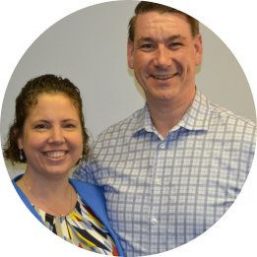


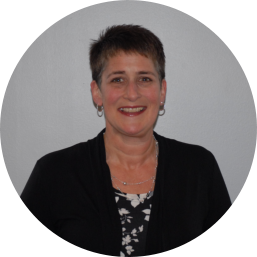
Latest News

Relocating can be both an exciting and stressful experience. Whether you’re moving across town, to
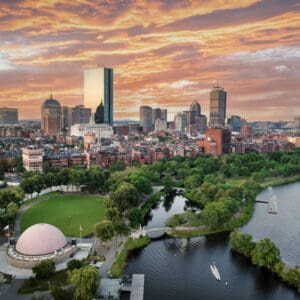
Top 10 Tips from Boston Movers for a Stress-Free Local Move Moving to a new
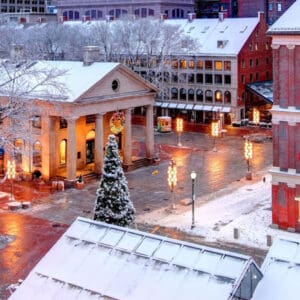
Relocating to a new home or office is never a small feat. Add Boston‘s unpredictable
781-650-4952
United States
8AM–5PM
info@marathonmoving.com

Our Resources
We know that moving is stressful enough. To make it as simple and painless as possible, we have provided additional resources to help you.
Before and after-sales services mean a lot to our moving company. Thus, we have a friendly staff that will help you every step of the way. Ready to secure moving services in Medford MA? Call Marathon Moving at 781-650-4952.
Contact
Information
Hours Operations
8:00 AM to 5:00 PM – Monday to Friday
Office Closed – Saturday to Sunday
Phone:781-650-4952
Fax: 781-963-3398
info@marathonmoving.com

We're ready to answer your questions. Enter your name and number, and we'll call you back within minutes!